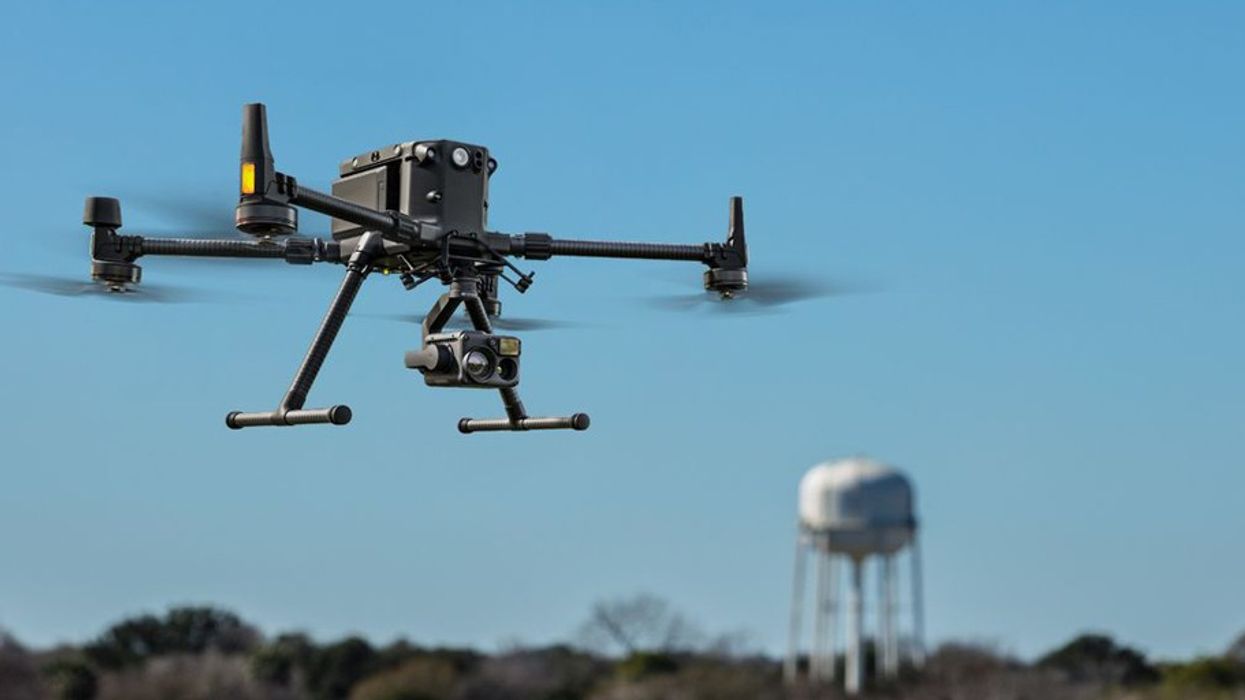What DJI's Matrice 300 RTK Could Mean For Consumer Drones
Could DJI's consumer drones be leveling up sooner than you think?

DJI recently announced the Mavic Air 2, and then followed it up with a new commercial drone, the Matrice 300 RTK, along with its first hybrid multi-sensor camera series, the Zenmuse H20. If you want to know what DJI is going to do next with its consumer drone line, look no further than to its enterprise series.
The M300 RTK is a big step forward from its predecessor, the M200 V2. It combines aviation-grade obstacle awareness, AI automation, smart tracking that allows it to follow people and objects, and pinpoint map marking into a drone that can fly up to 55 minutes.
The design of the M300 RTK is different than DJI consumer drones. The main array sits at the top and the blades are bottom-mounted. The configuration allows for up to 3 cameras to be mounted with a maximum capacity of 5.9 lbs (2.7 kg). It also has an advanced sensor and a directional system with 6 different sensors positioned on the drone.
Other noteworthy tech includes an AES-256 encrypted video signal, an Anti-Collision Beacon to make the drone more visible in low-light environments, and like the Mavic Air 2, DJI has included its AirSense (ADS-B) technology to alert pilots if other aircraft or drones are nearby.
It's inevitable that more of the tech seen on DJI's enterprise drones will trickle down to the consumer line. Both waypoints and ADS-B technology already have. The same for tracking options with DJI's three FastTrack modes. Will encrypted video be next?
DJI will always be looking for ways to increase the flight time for all of its drones. It's just a matter of considering size and weight versus flight time. Maybe that will change altogether with advancement in battery technology.
Another standout feature is that M300 RTX can mount up to 3 different cameras. Being able to capture multiple camera angles on a single flight is advantageous for filmmakers, especially during golden hour. Imagine being able to track a car as it drives the coastline and, at the same, record the distant ocean—all on the same take with the same quality of light.
What filmmaker wouldn't want that?

The series has two options. The H20 is a triple-sensor camera and the H20T has a quad-sensor with radiometric thermal imaging. Both combine a 20MP zoom camera and a 12MP wide camera into one unit.
Instead of deciding between the Mavic 2 Pro and Mavic 2 Zoom, the H20 cameras have both a zoom and wide-angle lens in one mount. This is where DJI should advance its consumer drones. Multiple cameras on a single mount. Being able to switch between a zoom and a prime lens would be ideal.
Could the Mavic 3 be next?
The Zenmuse H20 series also has active image stabilization and EIS. EIS has been finding its way to different DJI drones and products over the years. Will EIS find its way to Inspire 3?
Both the Mavic 3 and Inspire 3 are expected to arrive in 2020.
What features do you want to see? Let us know in the comments below.













